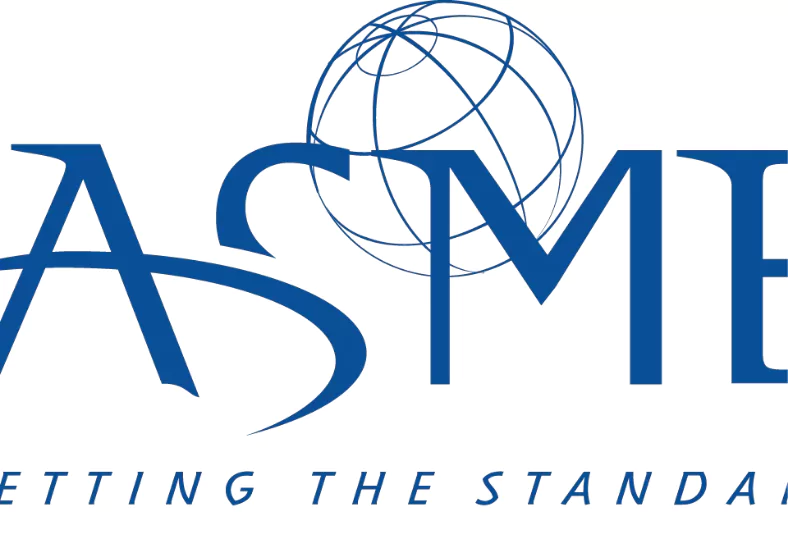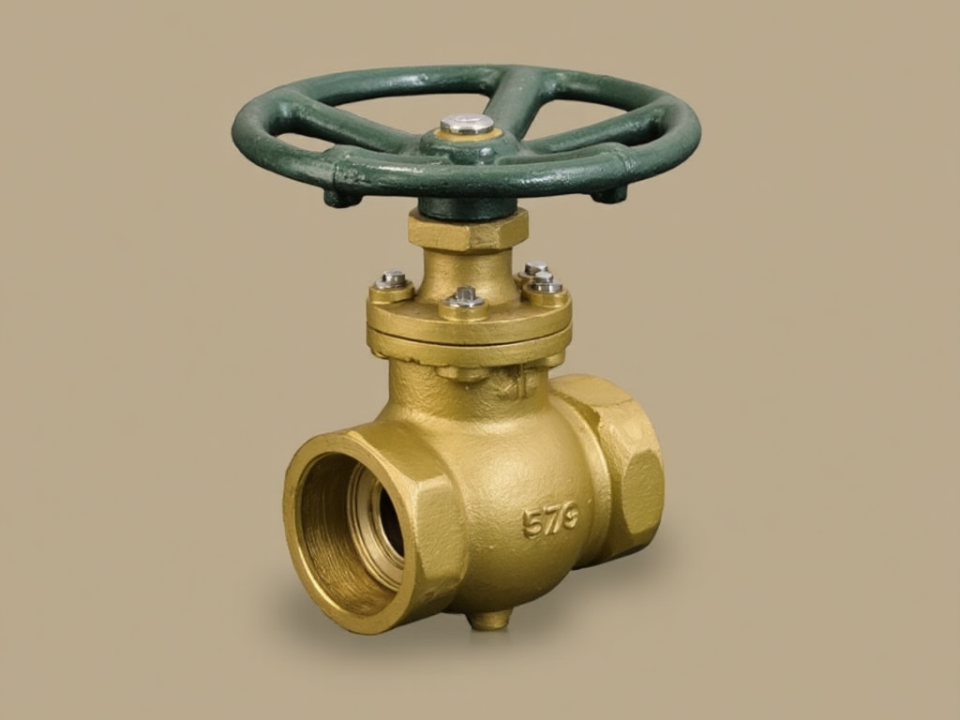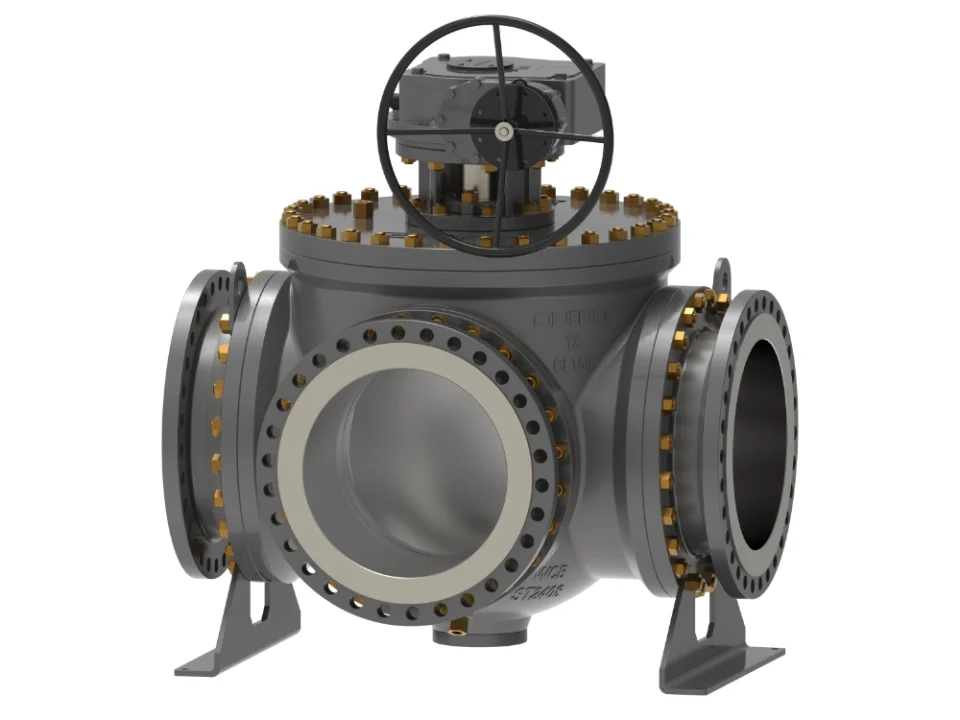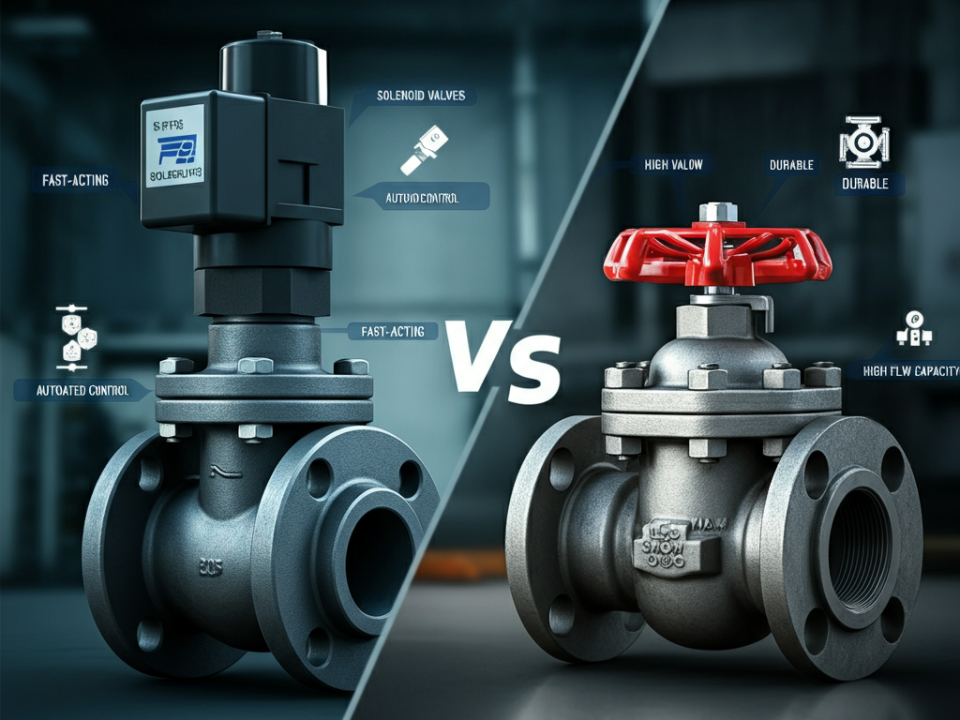Válvulas de bola industriales Son muy importantes. Ayudan a controlar el flujo de gas, petróleo, agua y otros líquidos. Estas válvulas deben ser resistentes y seguras, especialmente en grandes fábricas y plantas. Las normas de válvulas de bola industriales ASME son las reglas que comprueban si las válvulas están bien construidas.
Las normas ASME son reglas que verifican si las válvulas están bien construidas. ASME significa Sociedad Estadounidense de Ingenieros Mecánicos. Este grupo se asegura de que elementos como las válvulas cumplan con ciertas normas de seguridad.
Si una válvula está certificada ASME, significa que puede funcionar en condiciones difíciles.
¿Qué es la certificación ASME?
¿Qué es la certificación ASME? Las normas ASME para válvulas de bola industriales garantizan que las válvulas cumplan con las normas y requisitos de seguridad y calidad. Estas normas comprueban si la válvula es segura y resistente. ASME garantiza que las válvulas puedan soportar altas presiones, temperaturas y uso intensivo.
Cuando una válvula está certificada por ASME, significa que ha pasado muchas pruebas. Está lista para funcionar en lugares como plantas de petróleo y gas. Puede funcionar sin romperse ni tener fugas.
¿Por qué es importante la certificación ASME para las válvulas de bola?
¿Por qué es importante la certificación ASME? La certificación ASME es importante porque brinda confianza. En las industrias donde la seguridad es importante, las normas ASME para válvulas de bola industriales ayudan a que las personas se sientan seguras.
Las empresas saben que pueden confiar en las válvulas con certificación ASME. Si una válvula se rompe, puede detener el trabajo y resultar peligroso. En las industrias donde la seguridad es importante, la certificación ASME ayuda a las personas a sentirse seguras.
A continuación se presentan cinco normas ASME que son esenciales para las válvulas de bola industriales. Estas normas garantizan que las válvulas sean seguras, resistentes y estén preparadas para trabajos difíciles.

¡Descubra las soluciones de válvulas de bola certificadas por ASME para sus necesidades industriales!
5 normas ASME para válvulas de bola industriales
| Norma ASME | Qué es | Por qué es importante | Donde se utiliza |
| B16.34 | Válvula de alta presión estándar | Asegura que las válvulas no fallen bajo presión. | Oleoductos, refinerías |
| B16.5 | Bridas para válvulas | Previene fugas al garantizar conexiones herméticas. | Oleoductos, plantas químicas |
| B16.10 | Tamaño de válvula estándar | Hace que el reemplazo sea fácil y seguro. | Plantas de tratamiento de agua |
| B16.11 | Accesorios de alta presión | Mantiene las válvulas seguras bajo presión. | Centrales eléctricas, refinerías de petróleo |
| B16.25 | Conexiones de válvulas soldadas | Crea sellos fuertes y a prueba de fugas. | Centrales eléctricas, procesamiento químico |
ASME B16.34 – Válvulas para alta presión y temperatura
ASME B16.34 es una norma para válvulas que se enfrentan a altas presiones y altas temperaturas. Esta norma cubre muchos tipos de válvulas, incluidas las válvulas de bola. Las válvulas que cumplen con ASME B16.34 se someten a pruebas de resistencia. Pueden funcionar en lugares con condiciones difíciles, como altas temperaturas y presiones.
Las normas de válvulas de bola industriales ASME como B16.34 brindan a las empresas la confianza de que sus válvulas pueden soportar condiciones extremas sin romperse.
Por qué es importante la norma ASME B16.34
Esta regla es importante porque garantiza que las válvulas no fallen en condiciones difíciles. Las válvulas con certificación ASME B16.34 están fabricadas con materiales especiales. Estos materiales las hacen lo suficientemente resistentes para soportar cambios de presión y temperatura.
La norma ASME B16.34 brinda confianza a las empresas, que saben que sus válvulas pueden soportar condiciones extremas sin romperse.
Ejemplos de uso
Las válvulas ASME B16.34 se utilizan en lugares como tuberías y refinerías. Estos lugares tienen alta presión y calor. En una tubería, por ejemplo, una válvula debe manejar aceite o gas caliente. Las válvulas de bola industriales de ONERO están fabricadas para cumplir con las normas ASME B16.34. Esto significa que son seguras y resistentes para trabajos difíciles.
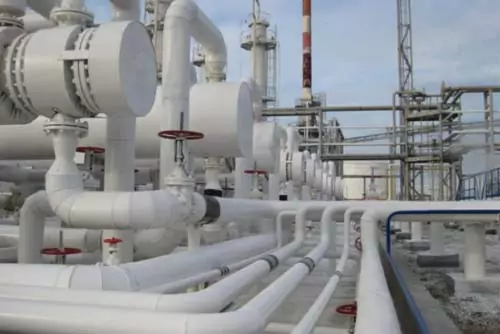
ASME B16.5 – Bridas y válvulas con bridas
ASME B16.5 es una norma que cubre las bridas. Las bridas son las partes planas de las válvulas que se conectan a las tuberías. Esta norma establece estándares para el tamaño, el material y la resistencia de las bridas. Es importante porque las bridas ayudan a mantener la válvula firmemente sujeta a las tuberías.
Por qué es importante la norma ASME B16.5
Las válvulas con bridas ASME B16.5 se mantienen firmemente conectadas a las tuberías. Esto ayuda a detener las fugas, lo que es muy importante en los sistemas de alta presión. La norma ASME B16.5 garantiza que las bridas tengan el tamaño y la resistencia adecuados. Esto ayuda a que todo el sistema se mantenga seguro.
La norma también establece reglas para las clasificaciones de presión, lo que significa que la brida puede soportar ciertos niveles de presión sin tener fugas.
Ejemplos de uso
Las válvulas con brida certificadas según ASME B16.5 son comunes en tuberías, plantas químicas y centrales eléctricas. Estas válvulas con brida se conectan de forma segura con otras partes de la tubería, lo que reduce los riesgos y mejora la eficiencia del sistema. Las válvulas de bola con brida de ONERO están fabricadas para cumplir con estas normas, lo que garantiza la confiabilidad en entornos difíciles.
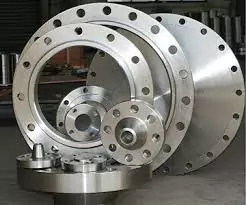
ASME B16.10 – Dimensiones entre caras de válvulas
ASME B16.10 es una norma que establece el tamaño de las conexiones de las válvulas. Esta norma verifica las dimensiones de cara a cara y de extremo a extremo de las válvulas. Esto significa que la distancia de un extremo de la válvula al otro es estándar.
La norma ASME B16.10 facilita la sustitución de válvulas. Si una válvula tiene el tamaño adecuado, puede adaptarse rápidamente a un sistema de tuberías sin necesidad de realizar ajustes.
Por qué es importante la norma ASME B16.10
Los tamaños estándar facilitan y agilizan el trabajo. Cuando las válvulas son de tamaño estándar, las empresas pueden reemplazarlas sin cambiar otras piezas. Esto ahorra tiempo y reduce el riesgo de fugas. La norma ASME B16.10 garantiza que las válvulas encajen correctamente en el sistema.
Si una válvula es demasiado grande o demasiado pequeña, puede causar problemas. Con ASME B16.10, las empresas saben que la válvula encajará perfectamente.
Ejemplos de uso
Las válvulas con certificación ASME B16.10 son útiles en lugares como plantas de tratamiento de agua. En estos lugares, los tamaños de las válvulas deben coincidir perfectamente para garantizar la seguridad. Las válvulas de bola ONERO cumplen con las normas ASME, por lo que se adaptan bien a diferentes configuraciones.
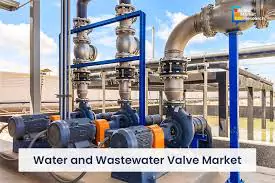
ASME B16.11 – Accesorios forjados para alta presión
La norma ASME B16.11 establece las normas para los accesorios de alta presión. Los accesorios son las piezas que conectan la válvula a las tuberías. Esta norma incluye tipos como los accesorios roscados y soldados a presión. Estos accesorios garantizan que la válvula permanezca conectada, incluso bajo alta presión.
Por qué es importante la norma ASME B16.11
Los accesorios de alta presión mantienen las válvulas seguras y protegidas. En sistemas con mucha presión, cualquier fuga puede ser peligrosa. La norma ASME B16.11 garantiza que los accesorios sean lo suficientemente resistentes para soportar alta presión. Esto mantiene el sistema seguro y funcionando bien.
Los accesorios con certificación ASME B16.11 pueden soportar condiciones difíciles sin presentar fugas. Esto es importante para los sistemas que necesitan mantenerse seguros y protegidos.
Ejemplos de uso
Las válvulas con accesorios ASME B16.11 son comunes en plantas de energía y refinerías de petróleo. Estos accesorios ayudan a que las válvulas permanezcan conectadas a las tuberías, incluso en trabajos difíciles. Las válvulas de alta presión de ONERO están diseñadas para cumplir con estos estándares, lo que las hace confiables para entornos de alto estrés.
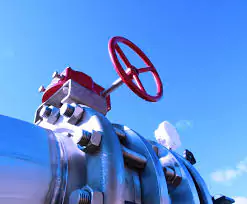
ASME B16.25 – Conexiones de extremos para soldadura a tope
La norma ASME B16.25 establece las normas para las conexiones soldadas. Una conexión soldada es cuando la válvula se une a la tubería mediante soldadura. La soldadura ayuda a crear un sello hermético y sin fugas entre la válvula y la tubería.
Esta norma es especialmente útil en sistemas con alta presión o alta temperatura. La soldadura crea una unión fuerte, lo que dificulta mucho la aparición de fugas.
Por qué es importante la norma ASME B16.25
En los sistemas de alta presión, las fugas pueden ser muy peligrosas. La norma ASME B16.25 garantiza que la conexión soldada sea segura. Verifica que la soldadura sea lo suficientemente resistente para soportar condiciones extremas. Esto ayuda a mantener el sistema seguro y libre de fugas.
Ejemplos de uso
Las válvulas soldadas con ASME B16.25 se utilizan en plantas de energía y procesamiento químico. Estas conexiones proporcionan un sello resistente y a prueba de fugas. Las válvulas de bola soldadas a tope de ONERO siguen esta regla, lo que las convierte en una buena opción para trabajos difíciles.
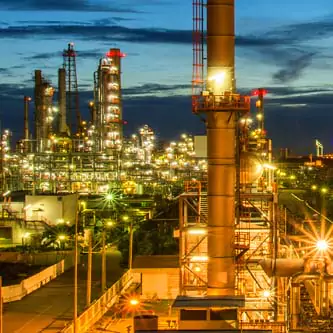

¿Quiere conocer el estándar API principal para válvulas industriales?
Conclusión
Las normas ASME ayudan a que las válvulas de bola industriales sean seguras y resistentes. Cada norma verifica aspectos importantes como la presión, la temperatura y el tamaño. Si se siguen estas reglas, las válvulas se mantienen confiables y listas para trabajos difíciles.
En ONEROSeguimos las normas de válvulas de bola industriales ASME para que nuestros clientes puedan confiar en nuestras válvulas. Estas válvulas cumplen con todas las estrictas normas ASME, por lo que los clientes pueden confiar en ellas. Visite nuestra Página del producto para ver nuestra gama completa de válvulas de bola certificadas por ASME o Contáctenos ¡para una cotización!
Recursos
- Acerca de las normas ASME
- Normas y certificaciones ASME
- B16.34 – Válvulas: bridadas, roscadas y con extremos para soldar
- B16.5 – Bridas de tuberías y accesorios con bridas: NPS 1/2 a NPS 24, estándar métrico/pulgadas
- B16.10 – Dimensiones de cara a cara y de extremo a extremo de las válvulas
- B16.11 – Accesorios forjados, para soldar a tope y roscados
- B16.25 – Extremos para soldadura a tope

